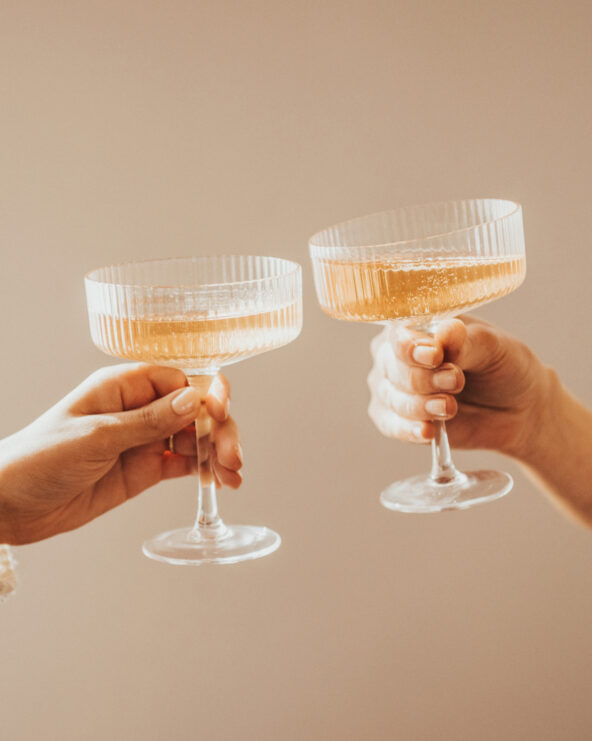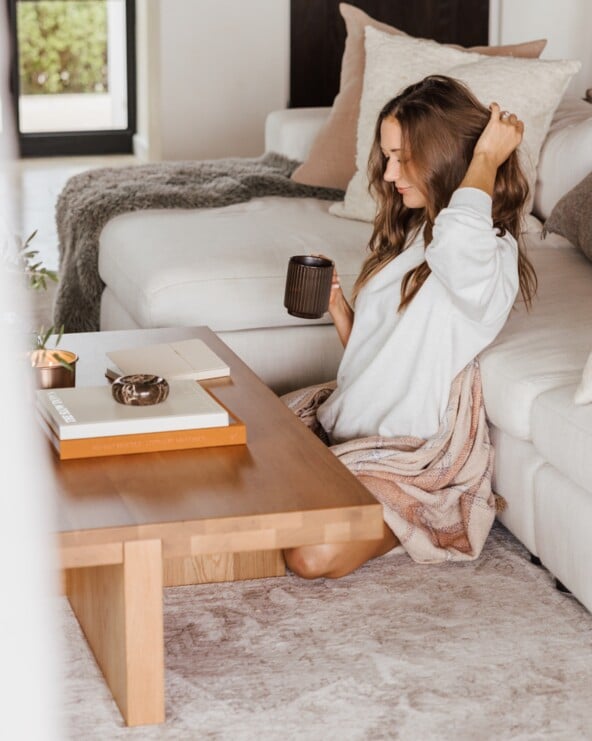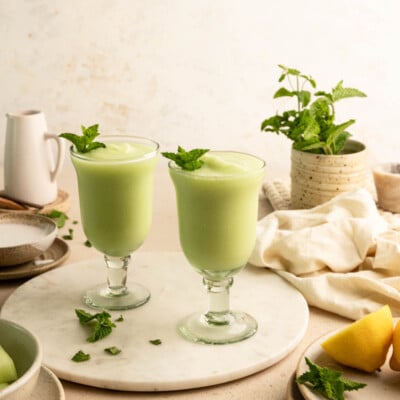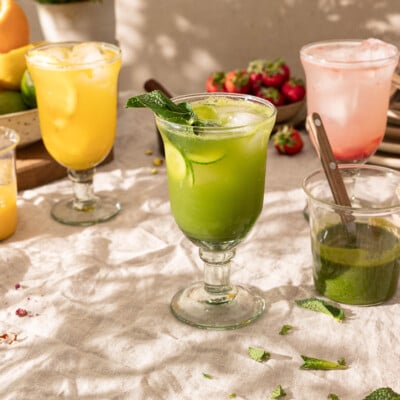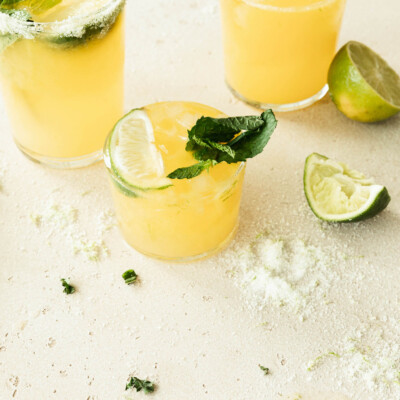I should have known long ago that I was destined to work in the liquor business. When I was a little girl, I never had tea parties. Instead, my dolls and I would clink empty plastic champagne coupes from the 99 cents store after having just emerged from my fictitious limousine (also known as my TYCO tricycle) after a fabulous date night out with my sweetheart Ken doll. Even at 5 years old, I knew that drinking champagne signified something elegant. It meant being fancy.
Fortunately, now that I’m an adult, I have learned that you don’t need a special occasion or a mink jacket in order to enjoy a delicious glass of bubbles. A chilled bottle in the fridge of my favorite sparkling wine has become as commonplace as eggs and almond milk. Over the years, I’ve become more and more passionate about learning about these wines and have picked up a few tricks of the trade along the way.
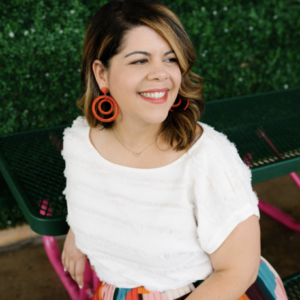

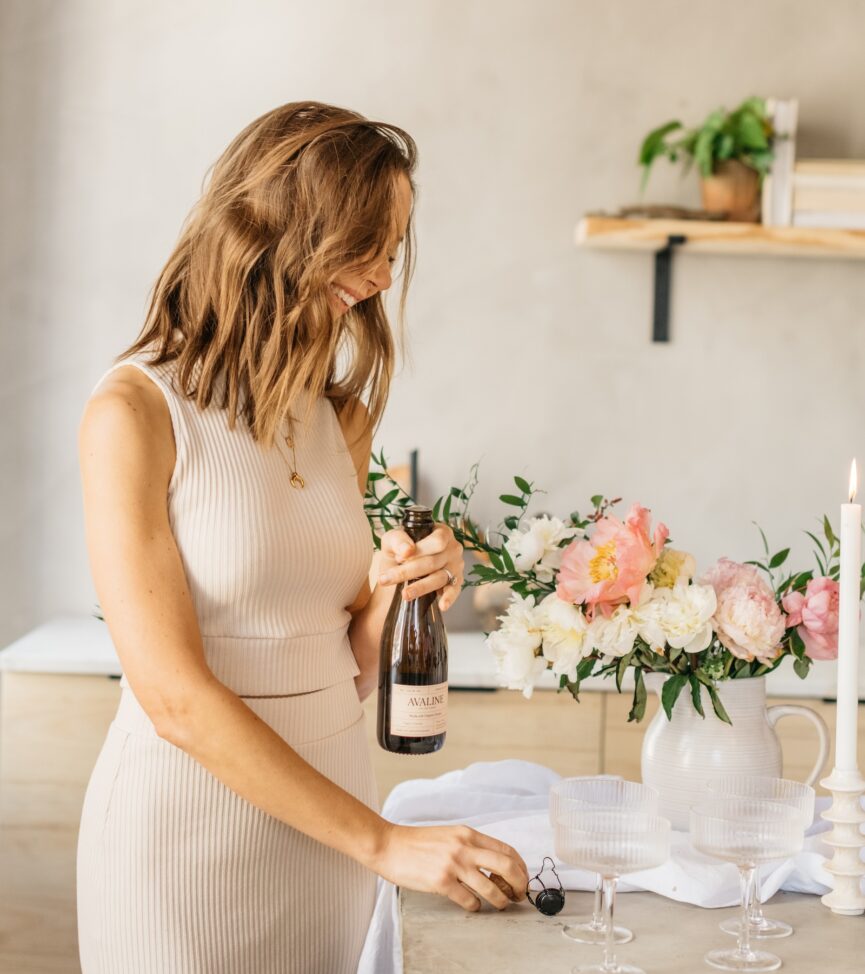
1. Not All Bubbles Are Created Equally
Though not all-inclusive, the three primary styles of sparkling wine are champagne, prosecco and cava.
For a bottle to say “champagne,” the wine must be made in the Champagne region of France. The terroir (or growing region) of Champagne is one of the most revered in the wine world. The process of making champagne is one of the most closely regulated and time-honored. For this reason, it’s fair to say that “All Champagne is Good Champagne.”
- Champagne is largely produced from Pinot Noir, Chardonnay and Pinot Meunier grapes. It typically has flavors of almond, citrus and stone fruit with an elegant bubble structure. Fine, persistent bubbles is usually an indicator of higher the quality.
- Prosecco, an Italian sparkler, is made from the Prosecco grape. It is typically more fruit-forward and floral and, because of its aging processes, results in a wine that is sweeter with lighter, less-spritzy bubbles that aren’t as persistent as the ones in true champagne.
- Cava, a sparkling wine from Spain made from Macabeo grapes, is most similar to champagne in terms of its method of production but the types of grapes used yield a bubbly that is more floral and fruit-forward.


2. Go Beyond Brand Name
When it comes to champagne, there are certainly great household names (think: Veuve Cliquot, Moet-Chandon). These large champagne houses purchase grapes (or in some case bulk wine) from independent growers. Alternatively, some of the most special bottles are from what are referred to as grower-producers. The grower makes these champagnes directly and, therefore, they are able to control the entire winemaking process—start to finish. Think of it as farm to table drinking. Not only are these wines often unique and of exceptional quality, but it also allows you to support a smaller, independent grower who is more focused on true artistry in winemaking.
3. Chill Out, But Not Too Much
Sparkling wine should be ideally be served chilled, but not cold, at 50-57 degrees. A common mistake is to serve sparkling wines too cold. If the wine is too cold, it can be impossible to enjoy its full range of flavors. You can find an inexpensive wine thermometer at your local wine shop or home goods store. A good rule of thumb is to place a room temperature bottle in an ice bucket filled with half ice and half water for 15-20 minutes. I’m not a fan of placing bottles in the freezer—it can be easy to forget they are there if you’re busy entertaining guests and the last thing you want on your hands is a champagne slushie, or worse, an exploded bottle to clean up!

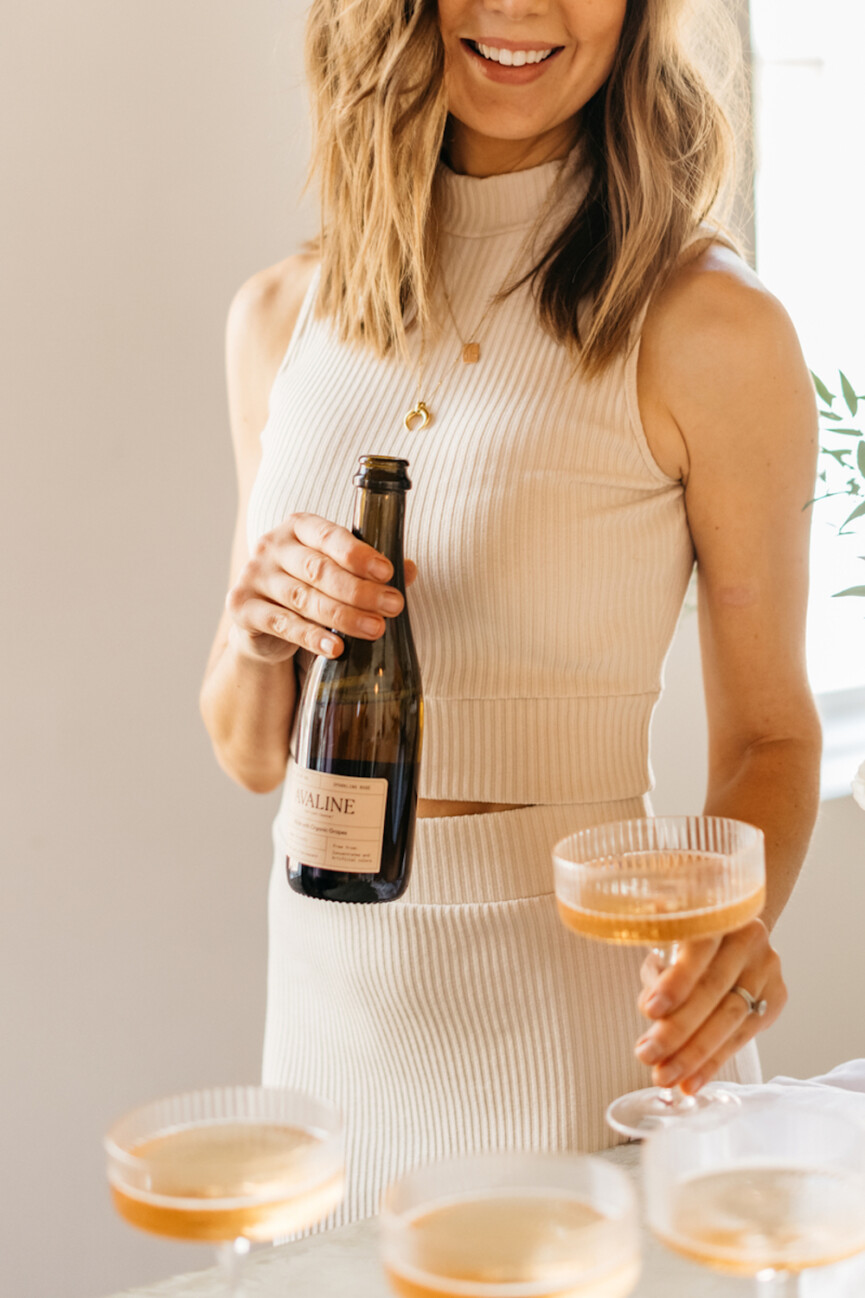
4. You Get What You Pay For
Expect to pay at least $30 for a bottle of true champagne. Unique, rare or vintage marks can run as high as $300 a bottle. With exceptions on either side, bottles in the $40-$70 mark are the average and shouldn’t raise an eyebrow.
Cava, Prosecco, and non-French or American sparkling wines certainly offer great value, with most bottles in the $12-$25 range. Their value also makes these bottles a great go-to for cocktails or punches that call for sparkling wine.
Be skeptical of sparkling wines under the $10 price point. With a few exceptions, these wines may have lazy production, aging techniques or added sugars.
Our Favorite Sparkling Wines
- Under $25: Belstar Prosecco. A 100% Prosecco sparkler that is very reminiscent of a delicious lemon custard. Not as sweet as many Proseccos can be and just as delicious on its own as it will be in New Year’s Day mimosas.
- Under $40: Champagne Mercier Brut. Newly available in the United States, this is, to my knowledge, the #1 selling brand of Champagne in France. From the Eperany region, this is a blend of Pinot Noir, Pinot Meunier, and Chardonnay grapes. Delicious Champagne at a shockingly great value.
- $40-$60: Paul Goerg Brut Rosé. This is my current go-to rosé bubbles for special occasions. It is 85% Chardonnay and 15% Pinot Noir. Very pale pink hue with an amazing bubble structure that is surprising in champagnes that are so Chardonnay heavy. Super delicate and bright.
- $75-$100: AR Lenoble Brut Nature. This is “Zero Dosage” Champagne which means that no additional sugars were added in the fermentation process. Often called “naked wines” zero dosage or “brut nature” Champagnes are very unique and result in an exceptionally dry/tart style.
- Over $100: Krug Grand Cuvee. This Champagne is a blend of over 100 base wines, some of which date back to the early 1990s. This is also an amazing bottle to give as a gift because it will continue to age with elegance for a few more years.

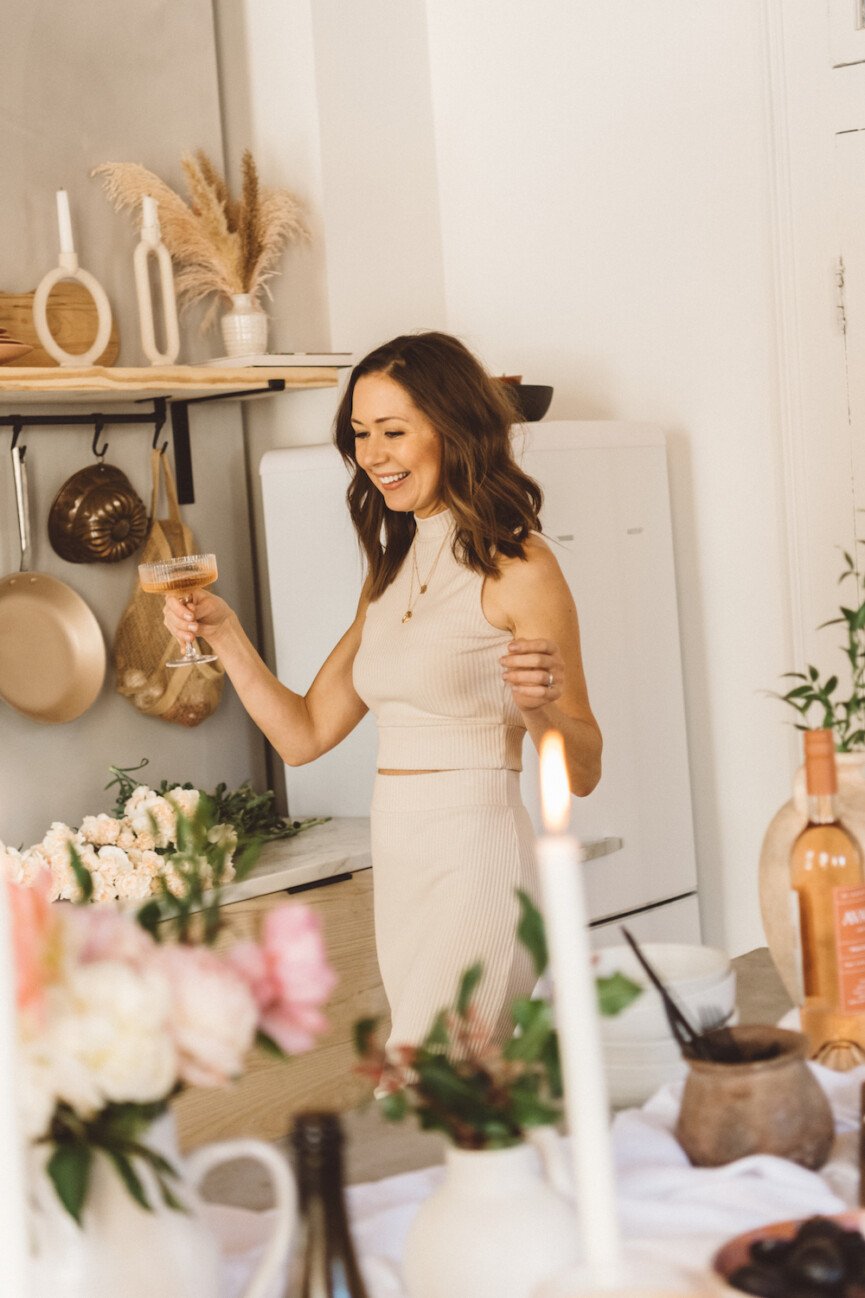
5. Drink What You Like
It’s always great to splurge but regardless of what price point you feel comfortable with, choose a style of sparkling wine that will please your palate and you will actually enjoy. Do you like nutty? Sweet? Floral? More spritz or less? Take advantage of in-store tastings or private classes that might be offered by your favorite wine or cocktail bar. These opportunities often allow you to sample a wide range of bubbles without committing to a full glass or bottle, which will help you better define your own taste.

